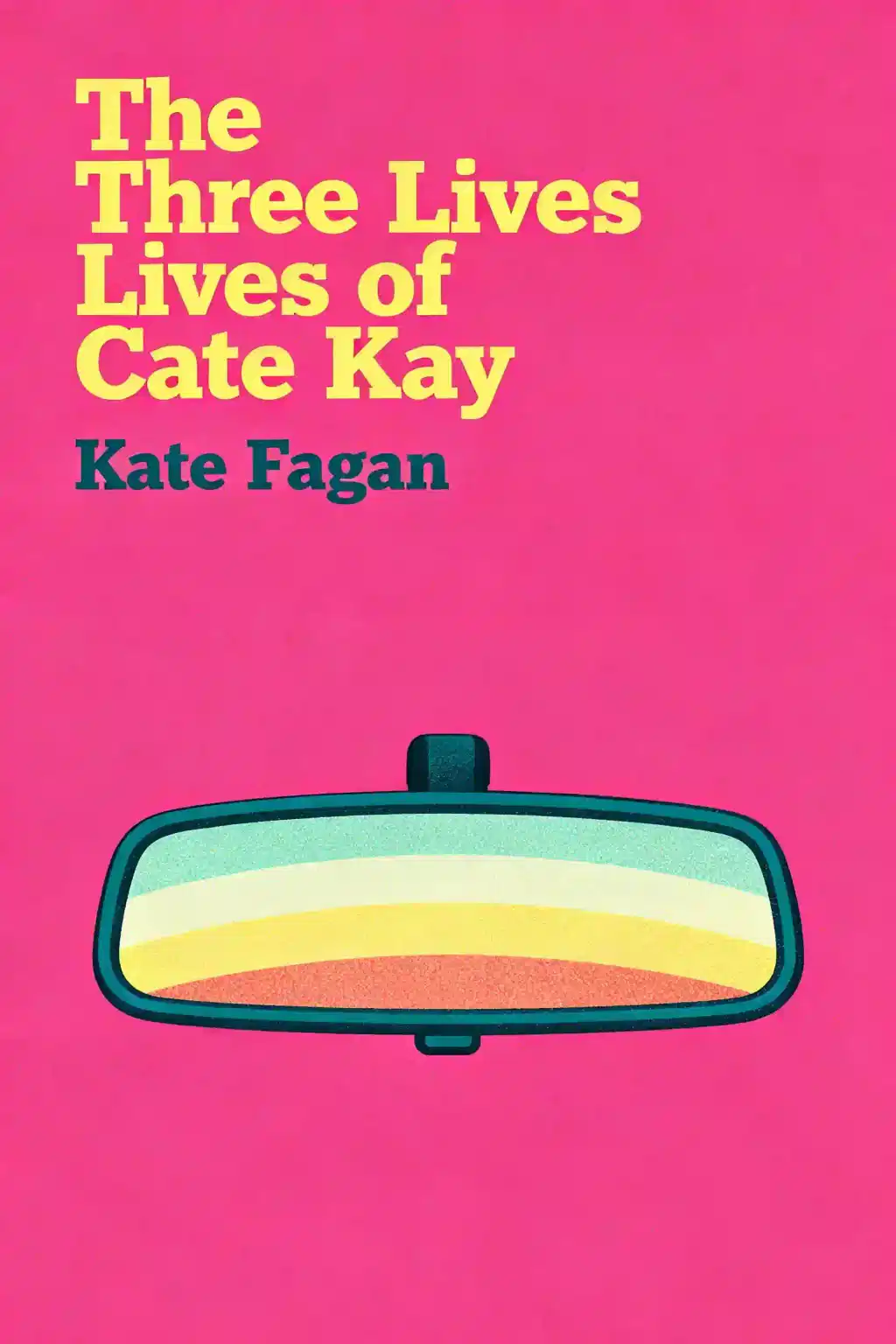What is Three Women by Lisa Taddeo about?
Three Women by Lisa Taddeo is a nonfiction exploration of female desire through the intimate stories of three real American women. The book follows Maggie, who had an affair with her teacher at 16; Lina, trapped in a loveless marriage seeking passion with a former flame; and Sloane, navigating threesomes with her husband. Taddeo spent eight years researching and moved to each woman's town to capture their experiences.
Who is Lisa Taddeo and why did she write Three Women?
Lisa Taddeo is a journalist who traveled across America six times seeking women willing to openly discuss their sexual lives and desires. She moved to the cities where her subjects lived to develop deep, intimate portraits over nearly a decade. Taddeo intended to write about desire from a female perspective, which is typically viewed through a male lens, ultimately focusing on three women who could speak candidly about their experiences.
Who should read Three Women by Lisa Taddeo?
Three Women is ideal for readers interested in female sexuality, power dynamics in relationships, and the intersection of desire and trauma. The book appeals to those seeking raw, honest narratives about women's experiences rather than romanticized stories. It's suited for mature audiences comfortable with explicit sexual content and emotionally challenging themes involving abuse, grooming, and adultery. Readers seeking feminist literature examining societal expectations should consider this work.
Is Three Women by Lisa Taddeo worth reading?
Three Women is widely considered a groundbreaking work that challenges how female desire is portrayed and understood. The book receives praise for its immersive, poetic writing style and journalistic dedication, particularly in giving voice to Maggie's story of teacher abuse. However, readers should expect a bleak, emotionally raw narrative without happy endings, focusing on trauma and power imbalance rather than empowerment. The creative nonfiction format blurs memoir and journalism effectively.
What are the main stories in Three Women by Lisa Taddeo?
- Maggie's story centers on her relationship with her married high school teacher, which she later reports publicly, facing a court case and community judgment.
- Lina's chapters explore her affair with Aidan after years in a passionless marriage, depicting her desperate need for physical and emotional connection.
- Sloane's narrative examines her seemingly perfect life and participation in threesomes that fulfill her husband's desires while revealing childhood trauma.
What writing style does Lisa Taddeo use in Three Women?
Lisa Taddeo employs an immersive, journalistic style that reads like a novel despite being nonfiction, using creative nonfiction techniques to capture intimate details. The book features a non-linear structure that interweaves the three women's stories thematically, creating layered connections. Taddeo focuses on interiority and emotional analysis, describing scenes with poetic precision and vivid detail that critics note no person could realistically remember, yet feels authentic.
What are the main themes explored in Three Women by Lisa Taddeo?
Three Women examines:
- Female desire versus trauma, revealing how women's wants are shaped by negative life experiences and abuse.
- Power dynamics and inequality, showing how men control relationships even when women appear empowered or wealthy.
- Abuse and exploitation emerge as central themes, with all three women experiencing manipulation, grooming, or objectification.
- How women's sexuality is suppressed, judged, and misunderstood in patriarchal society.
What are the most memorable quotes from Three Women by Lisa Taddeo?
- "Men did not merely want. Men needed" captures the book's exploration of male desire's intensity contrasted with female desire's complexity.
- "Sometimes it seemed that she didn't have any desires of her own" highlights how women's wants are suppressed within traditional relationships and power structures.
- "It's the nuances of desire that hold the truth of who we are at our rawest moments" emphasizes Taddeo's focus on subtle, unspoken aspects revealing human identity.
What are the criticisms of Three Women by Lisa Taddeo?
Critics argue the women's stories follow stereotypical narratives—affairs, forbidden teacher-student romance, and sexual experimentation—raising questions about how revolutionary the book truly is. The book exclusively features white, middle-to-upper-class women focused on relationships with men, limiting its representation of diverse female experiences. Some reviewers question the ethics of normalizing adultery with children involved and romanticizing illegal teacher-student relationships, wondering how this strengthens women. The creative nonfiction format lacks journalistic objectivity.
How does Three Women by Lisa Taddeo portray Maggie's story?
Maggie's narrative focuses on her relationship with her married teacher beginning at age 16, which she believed was love but readers recognize as grooming. Years later, Maggie reports him publicly after seeing him named North Dakota's Teacher of the Year, facing a court case with a "depressingly predictable outcome". Her story depicts the lasting trauma, heartbreak, and isolation she experienced as a vulnerable teenager discarded by someone she trusted. Critics praise Taddeo for giving Maggie's voice prominence.
What does Three Women reveal about female desire and sexuality?
Three Women demonstrates that female desire is often shaped by trauma rather than pure passion, with all three subjects experiencing abuse or objectification. The book exposes how women's sexuality remains suppressed, judged, and misunderstood, with women facing labels like "slut" for expressing desires men freely pursue. Taddeo reveals that women's wants frequently center on men's needs, even in seemingly empowered situations like Sloane's threesomes. The work normalizes discussing female sexuality openly while acknowledging uncomfortable power dynamics.
Why is Three Women by Lisa Taddeo controversial?
Three Women sparked debate because it portrays morally and legally problematic situations—adultery affecting children and statutory rape—as stories of desire rather than solely abuse. While marketed as feminist literature empowering female voices, the book depicts women entirely defined by relationships with men who control and exploit them. The creative nonfiction format's embellished details blur fact and fiction, challenging its nonfiction classification despite being based on real people. Some argue it reduces female sexuality to novelty rather than genuinely advancing feminist discourse.














